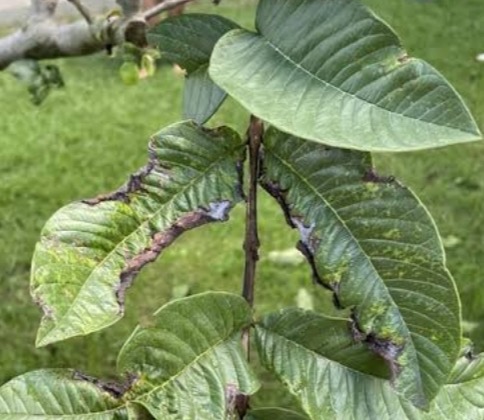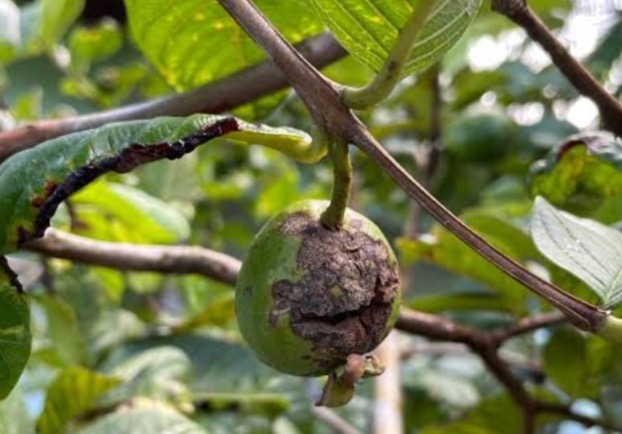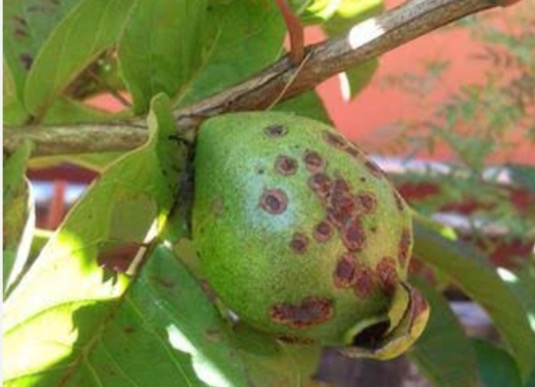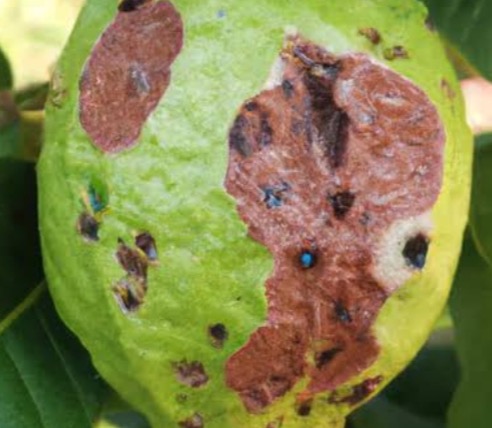L-49(Luckow 49) Guava Plant
L-49 Guava, also known as Psidium guajava 'L-49,' luckow 49, is an outdoor fruiting tree. Plant in well-draining soil with full sun exposure. Water consistently, and fertilize during the growing season. Pruning can be done to shape the tree and remove dead or crowded branches.
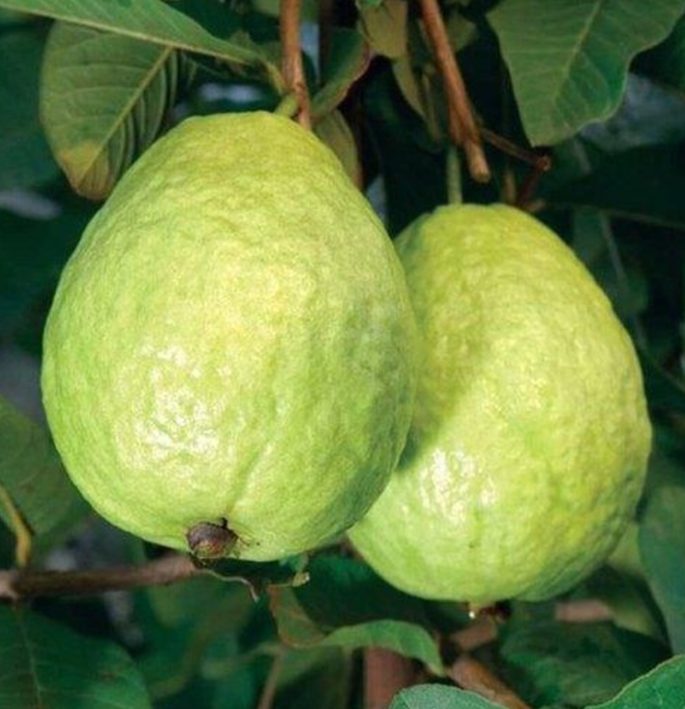
Habit
Tree
Height
10-30 ft
Growth
Fast
Soil
Well Drained, loamy
Shade
Full Sun
Moisture
Moist
Edible
Yes
Medicinal
Yes
Origin
Americas
Climatic Condition
Tropical, Subtropical
Temperature (°)
20-35°C
Humidity (%)
50-80
Potting media
Loam, compost
Fertilizers
Organic
Watering
Regular
Plant Weight
100-300 g
Flowering Time
Year-round
Soil Ph level
5.5-7.5
Water Ph level
6.0-7.5
Soil EC
1.0-1.3
Yield Per Plant
50-100 kg/tree
NPK ratio
10:10:10
life Span
50+ years
Health Benefits
Rich in vitamin C, digestion aid
Suggested Grow Media or Potting Mix ?
50% loamy soil, 30% compost, 20% sand
Suggested Fertigation/Fertilizers
Fertilize every 4 weeks with a balanced fertilizer.
Common Diseases and Remedies
Wilt , fruit canker , fruit rot.
Light yellow foliage with loss of turgidity. Premature shedding. Light brown discolouration.
Soil drenching , Proper Sanitation .
HEALTH BENEFITS
· Rich in vitamin C, boosting immunity.
· Contains fiber, aiding digestion, and antioxidants for skin health.
What Is An Guava Tree?
The L-49 guava tree is a type of guava tree valued for its abundant harvest and tasty fruit. It is known for producing large, sweet, and fragrant guavas. This variety is favoured by growers for its high productivity and fruit quality. The Guava Lucknow-49 (Air Layered Plant) is a cherished guava tree variety renowned for its excellent fruit quality and delightful taste. It is a tropical and subtropical fruit tree from the Myrtaceae family, originally from the Lucknow area in India.
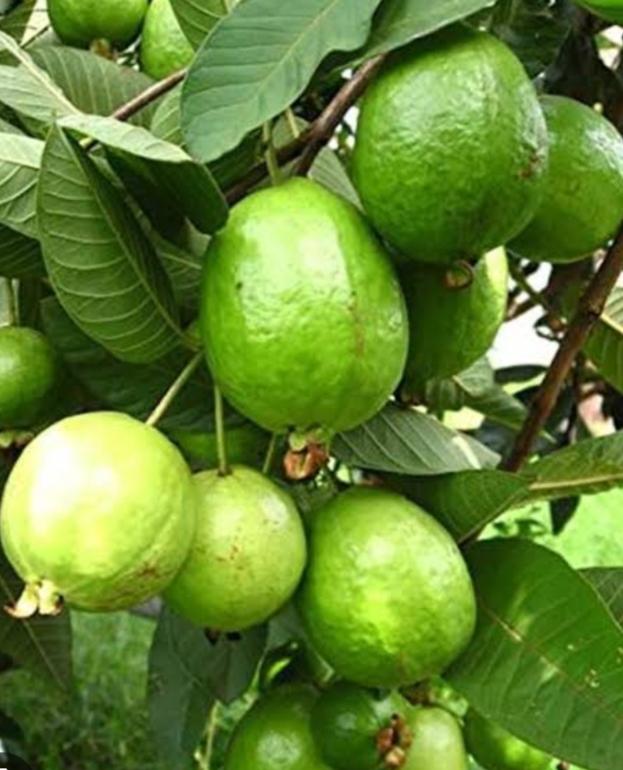
What Are The Different Types Of L-49 Guava Plants?
L-49 is a specific variety known for its productivity and fruit quality. Variations within the L-49 variety relate to differences in fruit size, taste, colour, and growth habit, influenced by factors like soil and climate. However, distinct types are not typically found within L-49 like in other plants with multiple cultivars or varieties.
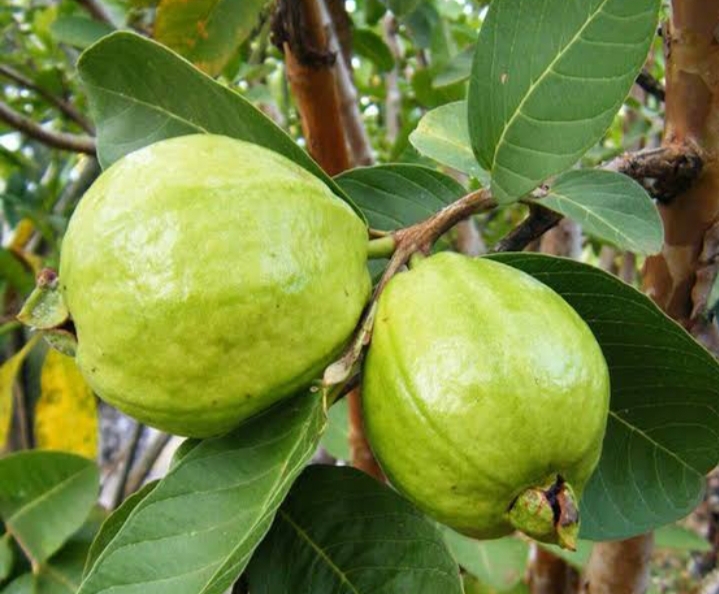
How to care for L-49 Guava Plants ?
1. Location
The Guava L-49 plant is best suited for outdoor growth in tropical and subtropical climates, needing ample sunlight and warmth for fruit production. While possible to grow indoors in colder regions, fruit yield may be reduced. To grow guava indoors in temperate or colder climates, sufficient light and warmth are essential, potentially requiring grow lights and heating systems to replicate outdoor conditions.
2. Sunshine
The Sunshine of guava L-49" is a guava plant variety loved for its sweet fruit. With yellow-green skin and pink flesh, it's a favourite among gardeners for its flavour and ease of cultivation. To grow it successfully, ensure it has sunlight, water, and well-draining soil.
3.Soil
For optimal growth, guava L-49 plants thrive in soil that is well-draining and slightly acidic, with a pH range of 5.0 to 7.0. It should be high in organic matter and capable of retaining moisture. A combination of sandy loam soil and compost or well-rotted manure is ideal for guava plants. Ensure good air circulation and prevent waterlogging to support vigorous growth.
4. Hydration
To effectively hydrate your Guava L-49 plant, make sure to water it regularly to keep the soil consistently moist without being overly saturated. Guava plants thrive in well-draining soil, so prevent the roots from being submerged in water. The frequency of watering will vary based on climate, soil composition, and pot size, but typically, water when the top layer of soil is dry to the touch. Spraying the leaves with water occasionally can also help preserve humidity levels, particularly in arid conditions. Monitor the plant regularly for indications of too much or too little water, and adjust your watering routine accordingly.
5. Nourishment
To nourish your guava L-49 plant, ensure it gets proper watering, balanced fertilizers with NPK ratio, pruning for growth, enough sunlight, mulching for moisture, and pest/disease control as needed. Provide support for weak branches if necessary. Prune your guava plant to remove dead or diseased branches, shaping it for better growth. Pruning also enhances air circulation and light penetration. Ensure the plant gets 6-8 hours of sunlight daily for fruit production and plant health. Mulch around the base for moisture conservation, weed suppression, and soil temperature regulation. Consider using a 10-10-10 N:P:K fertilizer ratio, but adjust based on soil conditions, climate, and expert recommendations. Conduct a soil test and consult agricultural services for personalized advice.
6. Issues
Guava plants may encounter different problems such as pests (such as fruit flies, aphids, and mealybugs), diseases (like anthracnose, guava wilt, and powdery mildew), nutrient deficiencies, and environmental stressors (such as drought or too much moisture). Adequate care, such as consistent checking, trimming, and using suitable pesticide or fungicide as needed, can assist in managing these issues. Moreover, enhancing soil health via fertilization and appropriate watering can enhance plant resistance.
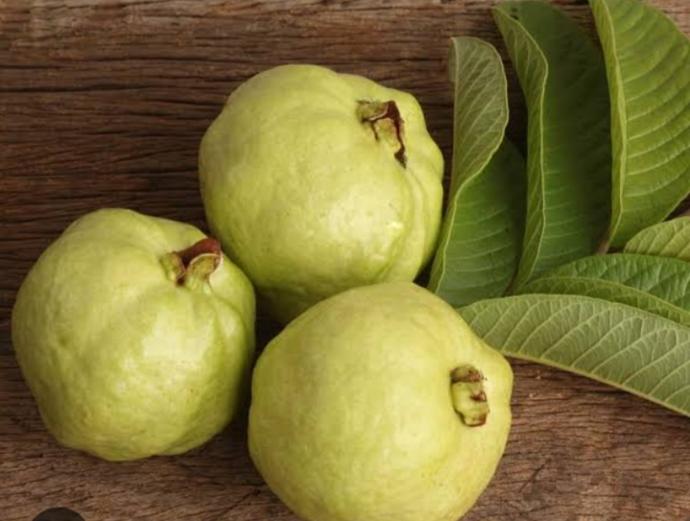
What are the Benefits of Guava Plant ?
Guava L-49 is a popular variety that offers high yield, quality fruit, disease resistance, adaptability, early fruit bearing, and nutritional value, benefiting both farmers and consumers.
FAQ's about growing Guava Plant
1. What are the characteristics of guava L-49 plant?
The L-49 guava plant, also known as Lucknow-49, is popular for its great taste, aroma, and productivity. It has medium-sized fruit with a sweet, aromatic flavour and is resistant to pests and diseases, thriving in various soil types and subtropical to tropical climates.
2. How do I cultivate guava L-49 plant?
Choose a site with well-drained soil and full sun, plant in a hole twice the size of the root ball, water regularly, fertilize every 1-2 months, prune for better growth, monitor pests and diseases, mulch for moisture, support growth if needed, and harvest ripe fruit carefully. This ensures successful cultivation of a guava L-49 plant for delicious fruits.
3. Is the guava L-49 plant suitable for a tropical climate?
Indeed, the Guava L-49 plant is perfect for tropical climates. It flourishes in hot, damp weather and can endure various soil types. Its popularity in tropical areas is attributed to its flexibility and capacity to yield top-notch fruit.
4. What type of soil does the guava L-49 plant prefer ?
The guava L-49 plant does best in well-drained soil that is slightly acidic to neutral, thriving in fertile soil with high organic content.
5. How can I propagate guava L-49 plant?
Propagation of Guava L-49 plants can be achieved using various techniques. Cuttings involve taking healthy branch cuttings, removing lower leaves, and rooting in hormone before planting in well-draining soil. Air layering consists of wounding a branch section, covering it in moist moss or soil, and planting once roots grow. Grafting involves joining scion to a related guava rootstock for desired traits. While seeds might not grow true to parent plant, planting seeds from ripe fruits is an option, but germination rates may be low. Select a method based on individual resources and preferences
